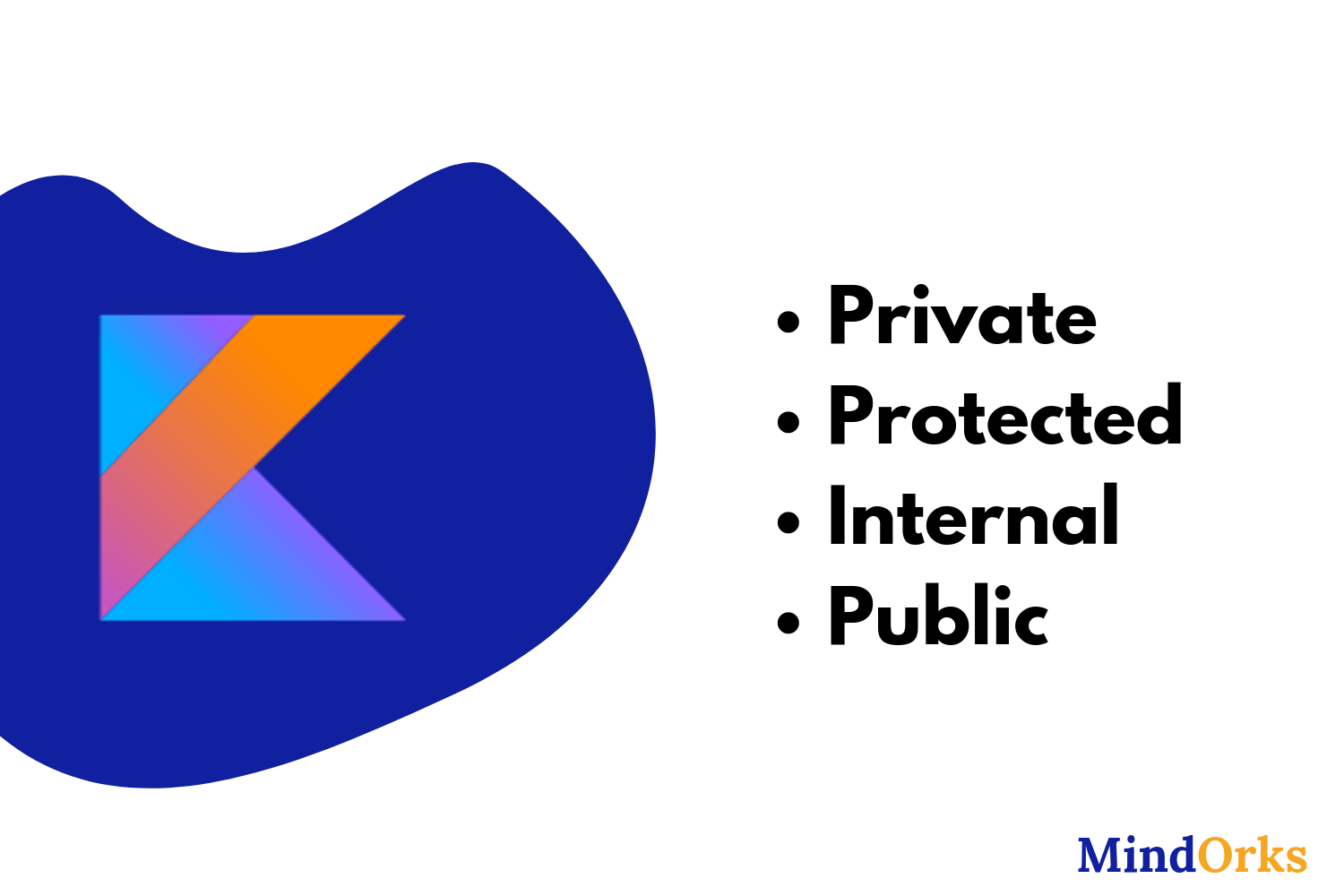

There are four visibility modifiers in Kotlin. No need to set the visibility of getters because they have the same visibility as the property.

Java doesn't support the internal visibility modifiers so when your Kotlin code gets converted into Java that time Private, Protected, and Public modifiers are kept as the same but internal modifiers are saved as Public. In Kotlin, visibility modifiers are used to restrict the accessibility of classes, objects, interfaces, constructors, functions, properties, and their setters to a certain level.
If your project has 2 modules named moduleA and moduleB so any class declared as internal will be not accessible from moduleB. Internal modifiers are available within the same module. In Kotlin, the default visibility modifier is used as Public if there is no explicit modifier. You cant use the Protected modifier for top-level declaration.Īs the name suggests, It will be accessible to everyone. Protected members and methods are accessible to the class within which it was declared and to the subclass of that particular class. If a class primary constructor is private, You cant create an object of that class from another class.  Private members and methods are accessible within the class itself. In Kotlin, There are 4 visibility modifiers. Visibility modifiers are keywords that explain the visibility of Classes, objects, interface, functions, getters in Kotlin. The definition of the word “modify” is to change or alter something so we can say that using Visibility modifiers we are going to change or alter the visibility of something.
Private members and methods are accessible within the class itself. In Kotlin, There are 4 visibility modifiers. Visibility modifiers are keywords that explain the visibility of Classes, objects, interface, functions, getters in Kotlin. The definition of the word “modify” is to change or alter something so we can say that using Visibility modifiers we are going to change or alter the visibility of something.







 0 kommentar(er)
0 kommentar(er)
